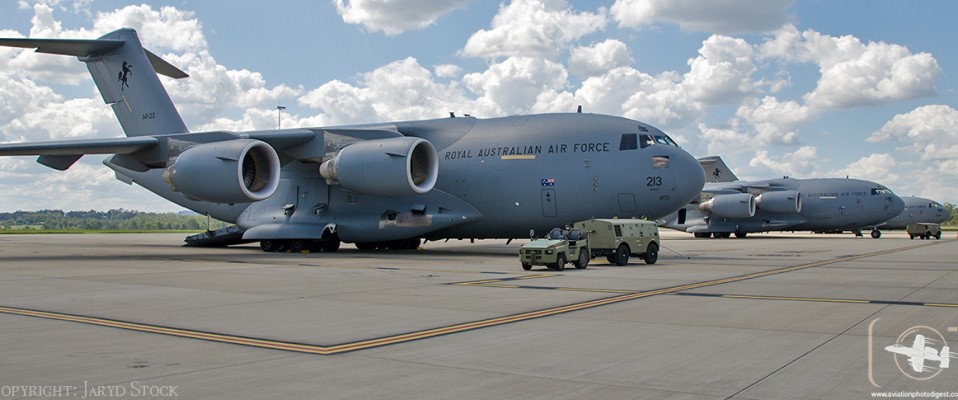A Neighbour in Need, has ‘BIG’ Friends Indeed!
Royal Australian Air Force’s 36 Squadron on hand for Operation Fiji Assist
Article by Jaryd Stock
Photos by Jaryd Stock (Unless noted)
April 22, 2016
On Saturday, the 20th of February, in the South Pacific, an island paradise lay in the path of the second biggest Cyclone ever recorded in the world. Tropical Cyclone Winston was steaming at full pace towards the South Pacific nation of Fiji. At its peak, the Cyclone recorded winds of up to 340 Kilometres an hour, or 211 miles per hour. The archipelago of more than three hundred islands was to be hit by this mega storm that no one could have ever prepared for.
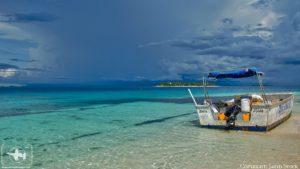 The population of Fiji’s main island Viti-Levu would bare the brunt of the Cyclone with incredible tales of survival amongst so much destruction. Over 60,000 people were displaced, as entire villages and towns were completely wiped away in mere minutes by the Category 5 storm. Houses were ripped off their foundations and strewn hundreds of meters away from where they stood with families huddling inside for shelter. One family had to run from three separate houses, as one after the other, were simply blown away. Unfortunately, there was a heavy burden to bare by those after the storm. People had to search for loved ones missing after they were unable to find appropriate shelter, children were ripped out of their mothers arms as the wind was simply too strong and they passed away. Indeed this storm tore a path through Fiji leaving a lot of scares in the hearts of ones who survived this horrifying event.
The population of Fiji’s main island Viti-Levu would bare the brunt of the Cyclone with incredible tales of survival amongst so much destruction. Over 60,000 people were displaced, as entire villages and towns were completely wiped away in mere minutes by the Category 5 storm. Houses were ripped off their foundations and strewn hundreds of meters away from where they stood with families huddling inside for shelter. One family had to run from three separate houses, as one after the other, were simply blown away. Unfortunately, there was a heavy burden to bare by those after the storm. People had to search for loved ones missing after they were unable to find appropriate shelter, children were ripped out of their mothers arms as the wind was simply too strong and they passed away. Indeed this storm tore a path through Fiji leaving a lot of scares in the hearts of ones who survived this horrifying event.
As a part of the worldwide response to the humanitarian effort being mobilised by countries across the globe, the biggest neighbour to Fiji in the South Pacific, Australia, and its Government with associated civilian agencies and the Australian Defence Force, was already at work in preparation to send much needed humanitarian aid to the island nation. Around 900 personnel were to be deployed for Operation Fiji Assist. For example, the Royal Australian Navy, sent for the first time on deployment, their newly acquired Landing Helicopter Dock (LHD) HMAS Canberra (L-02) which was deployed off the Fijian Island Koro. A Task Force was set up in order to maintain the whole ADF operation under a chain of command for all ADF operations. Forces from the Navy, Army and Air Force were combined for for Fiji Assist and Joint Task Force 635 was established.
Although the Navy’s new LHD ship is able to provide a wealth of options for providing assistance in any humanitarian effort it is assigned, it has its disadvantages. One of these disadvantages is that it is not able to provide that assistance immediately after an event such as TC Winston. The RAAF’s Air Mobility Group, 86 Wing, were then the ones called upon by the Australian Government to provided heavy airlift to deliver aid and advanced teams in support of any humanitarian mission. As a part of the first responders from JTF 635, under the Australian Government’s response to provide assistance to Fiji, was the utilisation of 86 Wing’s, 36 Squadron (SQN), utilising the Boeing C-17 Globemaster III based at RAAF Base Amberley in South Eastern Queensland.
Stallions Respond
With eight C-17A Globemasters on strength with 36SQN, the first being delivered in November 2006, the unit has been involved in an ever increasing role in providing assistance to those in need throughout the South Pacific. For example, 36SQN was called upon in response to the downing of MH17 over Ukraine as a number of flights were undertaken by the Squadron to bring those that passed away in that tragedy, back home to Australia.
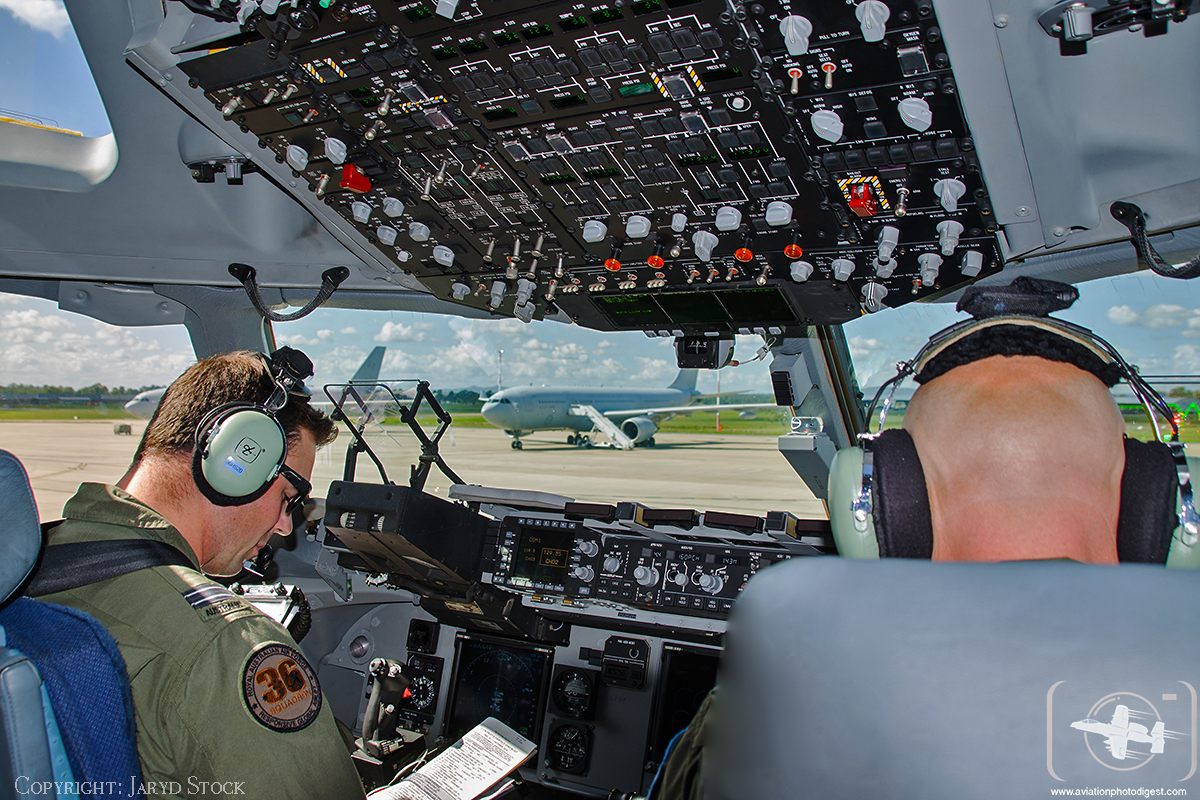
APD had the utmost privilege of speaking with Squadron Leader Timothy Smith, who had joined the RAAF in 1999 and was enrolled at Australian Defence Force Academy in Canberra. He is, in effect, the second in command at 36SQN which is under the command of Wing Commander Steve Pesece. SQNLDR Smith’s role is to look after crew and operation requirements. Lately, he took part in planning and flying operations to deliver humanitarian supplies to Fiji. SQNLDR Smith gives us a great insight into the events that took place to support Operation Fiji Assist and 36SQN’s role as a part of JTF-635. He states, “For the operation the task force made a number of requests through the chain of command that went to the Air Mobility Command located at RAAF Base Richmond firstly, that in-turn coordinated the tasks that went through to 86 Wing which then they filter relative information to 36SQN, for the squadron to provided aircraft to carry out different objectives that are set to support the operation. We are always on twelve hour notice to move meaning when a call comes through that we are tasked with a mission, we have that initial twelve hours to mission plan and go about undertaking the mission. We generally say to certain crew they are tasked with the flight so go get some rest, and another set of the crew from the squadron will be tasked to provide the mission planning”.
He goes on, “Some of the missions that we were partaking in were firstly; obviously, the international efforts the squadron participated in, in which we were delivering supplies to Fiji, but also some tasking for internal domestic flights within Australia as well, moving equipment around in support of HMAS Canberra so that the equipment could then be loaded onto the ship”.
We had to come up with some different approaches with planning and executing our objectives, so we came up with some different techniques.”- SQNLDR Timothy Smith
The Capital of Fiji, Suva, and the capital’s airport the ‘Nausori International Airport’, was the main logistical hub for a majority of the International Air Forces servicing Fiji. As was to be expected, there were some challenges as Suva was hit the hardest due to the Cyclone. Speaking on the challenges that were encountered, but gallantly overcome by the squadron and what they experienced in Fiji, SQNLDR Smith goes onto explain, “Well from an aviation perspective it was interesting to plan and set about carrying out the flights to the airport in Suva. The airport there, even though it is an International airport, it is not a very big airport or runway, it has only got Category C approaches so its an airfield designed for slightly smaller aircraft. And, the runway there in Suva is only 100 foot wide and our minimum requirement to operate the C-17 is 90 foot wide runway, and it wasn’t insurmountable by any means, we were able to operate without hindrances but it is just an interesting one”.
“We had to come up with some different approaches with planning and executing our objectives, so we came up with some different techniques. And, I can say we were really proud as a team and I’m proud to say we lost no missions due to any weather or other circumstances for the duration of our mission. And, as I said before, there is a fair bit of mission planning for these missions and their is a fair bit going on especially for the first couple of flights going into Suva and on the ground it can be a bit of a long process. For instance, it’s a four hour trip in the air from Amberley but then we could be spending six hours on the ground offloading everything we brought over”, he said.

SQNLDR Smith continues:”And, with the first flight your always trying ascertain conditions again for instance there was a NOTAM issued at Nausori Airport which is still in effect actually, that the airfield was boggy and obviously wet. But, for us, we had to find out what that meant if their were holes in the ground or other obstacles, and the airport was on standby lighting for a while and VOR or short range radio navigation. So, things like that presented variable challenges, but that wasn’t a big thing as such to deal with we managed and planned for that with risk profiles and we as a team said it’s not 100 percent but we detail and go through talking about what we are going to accept and deal accordingly with those challenges.”
From 36SQN’s perspective, they are a strategic asset to the Australian Defence Force and in turn, the Australian Government. As a result, the agencies within the government, and the command structure within the ADF, would be tasked with handling the coordination of relief supplies. The crew would then follow those processes as defined to coordinate crewing of the C-17’s, and then availability of the aircraft. During Operation Fiji Assist, a first for 36SQN occurred when four Army MRH-90 Taipan Helicopters were transported from RAAFB Townsville to Suva so the multirole helicopters from 6th Aviation Regiment could undertake flights out to the outer islands along with any areas with inaccessible terrain. SQNLDR Smith explains, “Even though this was the first time we had deployed the MRH-90 overseas, we train with the various Army and Navy helicopter units a lot. Plus, we undertake internal flights where they maybe required to get from the East Coast to the West Coast as an example. And, the C-17 provides something the ADF had been lacking previously that ability to transport those big loads like the MRH-90, so we have grown accustomed to working with them and it was a seamless operation to get the Helicopters over to Suva for them to carry out their role”.
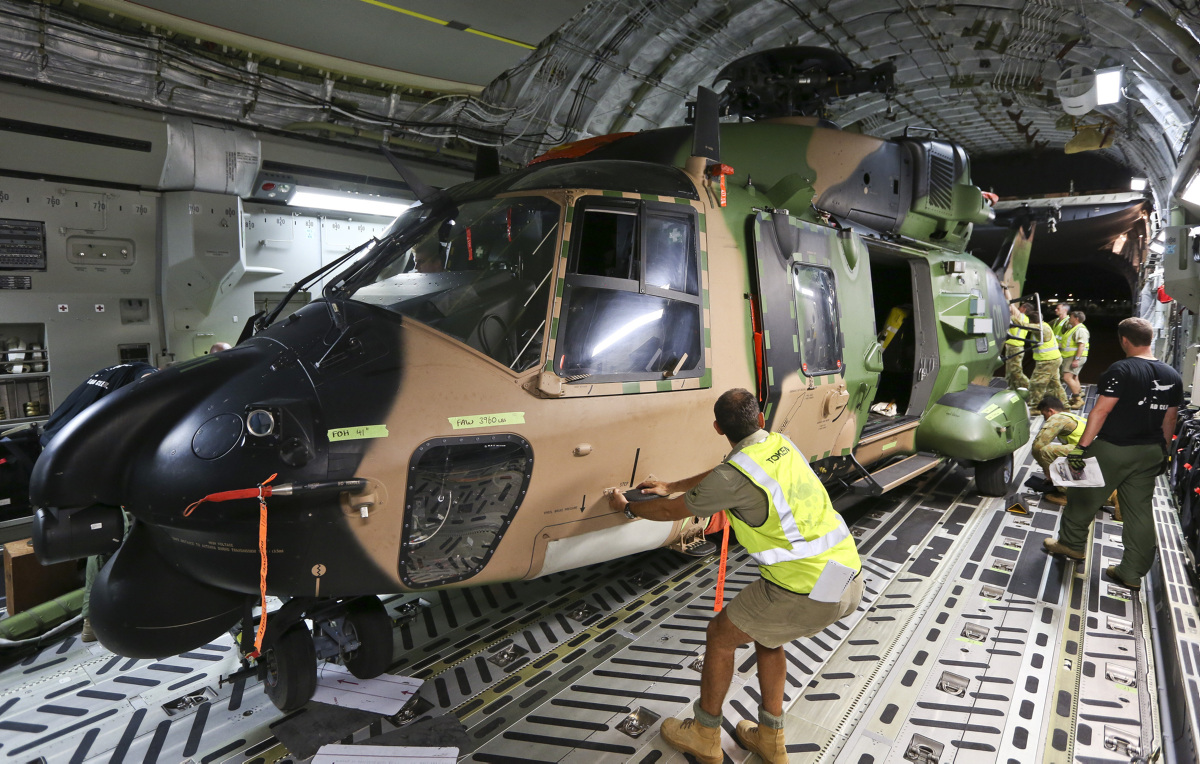
Air Force and Army working together to load a Multi Role Helicopter (MRH 90) onto a C-17 Globemaster as part of Operation Fiji Assist. As part of Operation FIJI ASSIST, the Australian Defence Force is deploying four Australian Army Multi Role Helicopter-90 (MRH-90) aircraft via Royal Australian Air Force C-17A Globemaster from RAAF Base Townsville to Suva, Fiji. © Australian Department of Defence | Photographer: LAC Brenton Kwaterski
The C-17 is a unbelievable asset to have in the force for those in the ADF HQ that need its reach and capabilities to carry out a variety of missions. Before the C-17’s arrived at 36SQN, the C-130J-30’s from 37SQN, and C-130H’s that were operated by 36SQN before the arrival of the Globemasters, carried out a majority of the airlift required by the ADF. Occasional use of IL-76’s and AN-124’s from civil heavy airlift companies were contracted in order to carry loads that were to big for the Hercules aircraft to undertake. SQNLDR Smith highlights the variable uses the C-17 can undertake and why now it is the “go to” aircraft of the RAAF’s Air Mobility Group for delivering anything within Australia and Overseas.
“Well, with the C-17, it firstly is a beautiful aircraft to fly and it’s really nimble for its size. When the aircraft was designed, it was done perfectly, because the designers built it from the inside out. They got a group of loadmasters together and asked them what would you want in a heavy lift aircraft. And, it’s little things like the rollers on the floor to move pallets on/off the aircraft on the Hercules they have to be installed, with the C-17 they are built into the deck so we can flip then for when we need them and when we don’t need them, its fairly automated and it’s unbelievably good for the loadmasters down the back they can pretty much just sit in the chair and push of a couple buttons and everything is controlled from their station”.

Personnel from RAAF Base Amberley load pallets of Australian Aid equipment onto a C-17A Globemaster for dispatch to cyclone affected Fiji. The Australian Defence Force (ADF) is supporting the Department of Foreign Affairs and Trade (DFAT) led Whole of Government assistance to Fiji following the devastation of severe Tropical Cyclone Winston. On 23 February 2016, a Royal Australian Air Force C-17A Globemaster aircraft at RAAF Base Amberley was loaded with Australian Aid humanitarian stores bound for Fiji. © Australian Department of Defence | Photographer: CPL Jessica de Rouw
“It’s a great and awesome aircraft. I can’t say anything bad about it. We can land within three thousand feet, you can drop the aircraft in a tactical air approach at twenty thousand feet a minute, we can load and deploy one MRH-90 or Chinook, or we can fit three Blackhawks or four ARH Tiger’s with all associated parts needed for those helicopters ready to be assembled and ready to fly. Compared to the C-130H’s, which what 36SQN operated previously, we could only carry five pallets. Compare that to the Globemaster, we can now fit 18 pallets, which obviously is a massive improvement. And, with operation Fiji Assist, there was 19 C-17 missions to Suva. We took in five hundred and twenty two thousand pounds of humanitarian stores and also four hundred and forty five thousand pounds if other stores that were distributed in Fiji. So, it’s a great aircraft with the ability to move a great amount of gear at short notice”, SQNLDR Smith said.
A Fulfilling Role
In times of need, the Royal Australian Air Force has been counted on, time and time again, in times of distress suffered by countries in the South East Australasian area. The Air Mobility Group is a cornerstone to fulfilling those missions as early responders to those times of need for friends.
For us as the public, it’s easy to miss the fact that these men and women are giving time away from their family from their home. Like was stated by SQNLDR Smith, earlier there may be a length of time to plan missions which mean more time away from family. Then, once the mission has been planned, the crews have to complete those tasks which takes even more time away their family. For us, we have to understand that family is so important to those that serve within the RAAF. Think about your family for a second, and how you might not like spending time away from them! Yet when the men and women from 36SQN are called on to complete a role set out by the ADF/Government they willingly and gladly give up their time and resources to do that. Why?

Well, because of a variety of reasons. But, predominately, you will find if you ever speak to a member of 36SQN, or any other member of the RAAF, it is not just because of the love of flying it is also because of their country they love so much. It is also because of every single person that calls Australia home. They want to serve them and and give something back to their countrymen and women. Now, these service members are willing to do that for you the reader, next time there is a quite moment in our lives maybe we should have a little think of those that are willing to do that, it’s the least we can do.
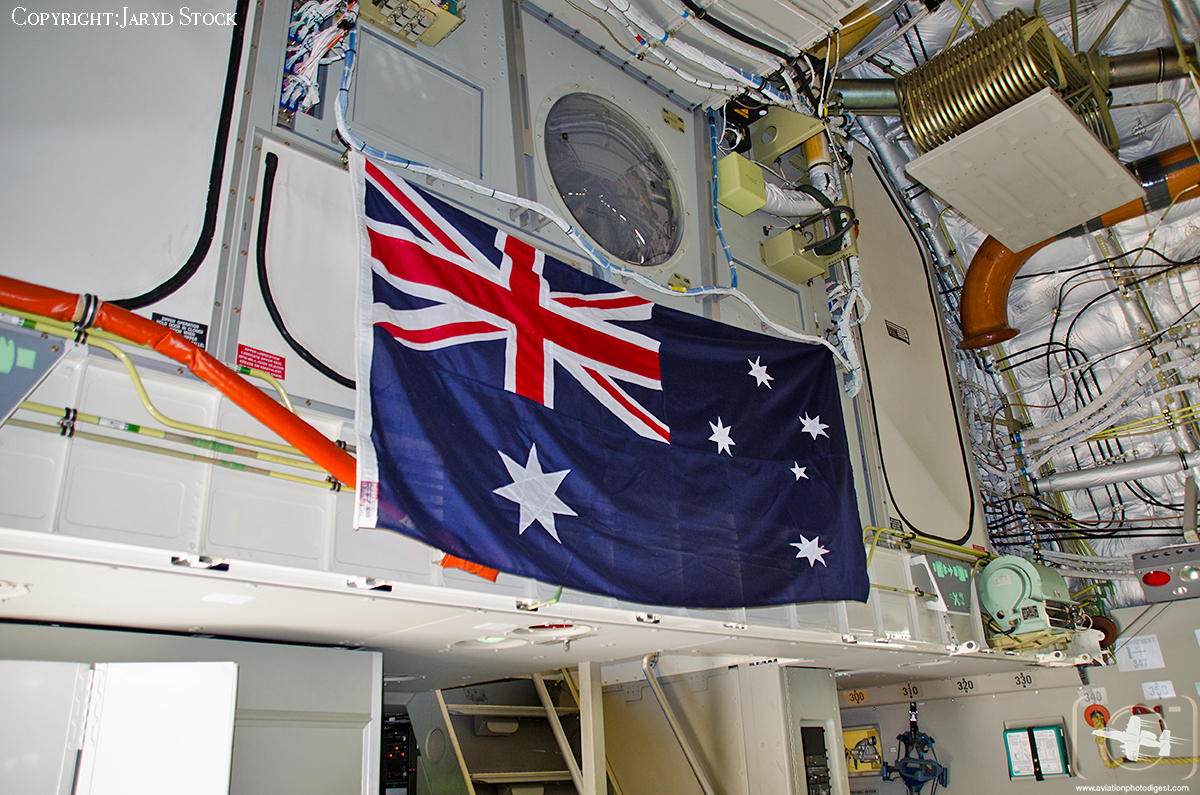
SQNLDR Smith states that everyone in the squadron feels that way, especially in this operation to help the Fijians get back on their feet. He explains, “The Guys and Girls here at the Squadron not just the aircrew but the maintenance staff were working hard to facilitate everything, for example, that we had aircraft ready to go that they were available then able to fly those missions. You know this operation for us was significant, we are always flying so we are always going from destination A to destination B all the time. But when you are carrying aid, for example, when I flew a mission we had five pallets onboard that had various aid boxes of food stuffs, and tarpaulins, and various other stuff, and we know it’s making a difference”.
Continuing on, SQNLDR Smith said, “I saw the photos and the footage from the Royal New Zealand Air Force P-3K Orion overflying the villages and townships on the outlining islands, and all it was, was complete devastation and destruction. And, when all of us see that here in the Squadron, it does fill every individual in this Squadron with pride that we achieved a great deal in getting supplies to Fiji. And, I can say this event is a significant event in their military career, as well as the unit as a whole we can look on this with great pride. Also too, it instills a sense of pride within the Squadron, that we are a great unit that can respond to any natural disaster or otherwise”.
So for us the reader, especially those that are of the same countrymen as these men and women of 36 Squadron, maybe we will be out one Friday night, maybe we will be participating or remembering those on ANZAC day the national day in Australia where we take time to reflect on those that have and are currently serving. It doesn’t matter where we are or what we are doing, if time comes to reflect and think about service members, remember the men and women of 36 Squadron. Remember their work they have carried out and they have participated in, much much more in providing aid and help to those in need they are the backbone of the RAAF’s Air Mobility Group. From Iraq to the Netherlands, to Fiji, they are the ones that will be least remembered, but are highly valuable. Without their dedication, without their tiresome efforts, the unit would not function. In some cases, that could be the difference when it comes to survival.
It’s a job that is unique, it is a job that is fulfilling, and their is no better way for an Aussie to spend his or her time, and that is giving a helping hand to anyone…especially friends in need.
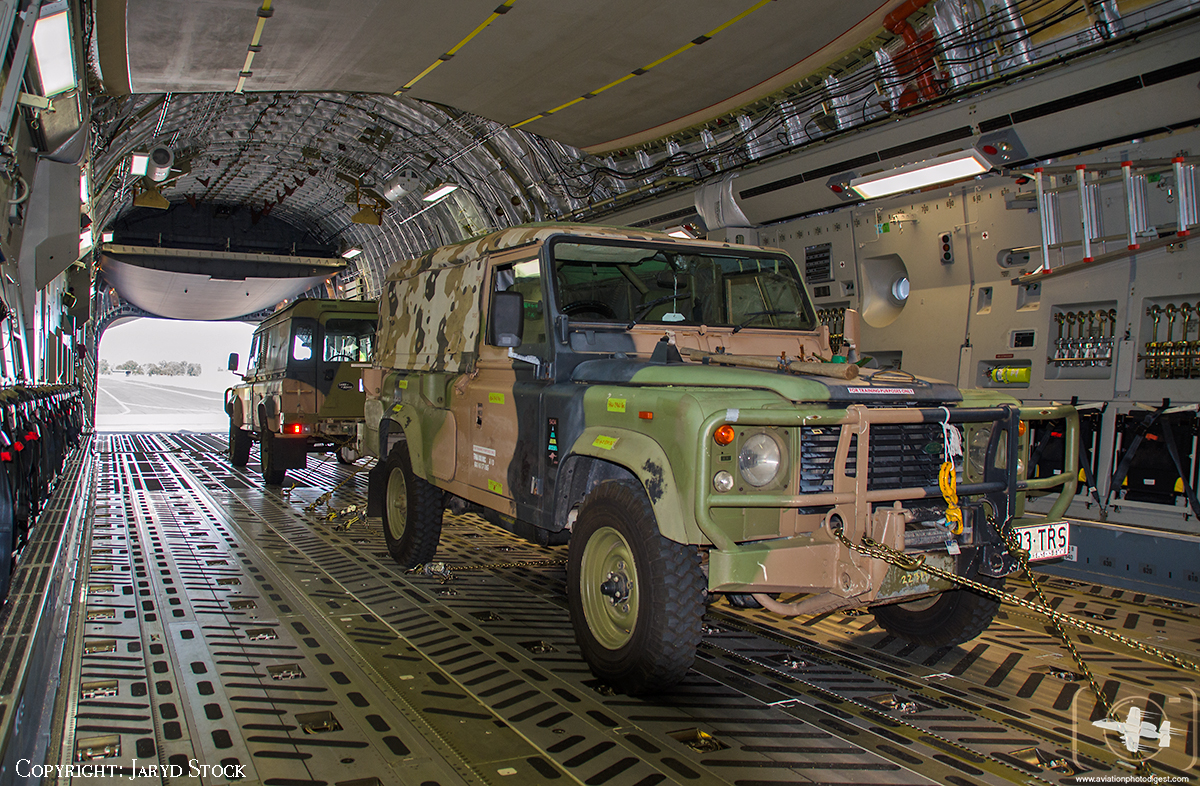
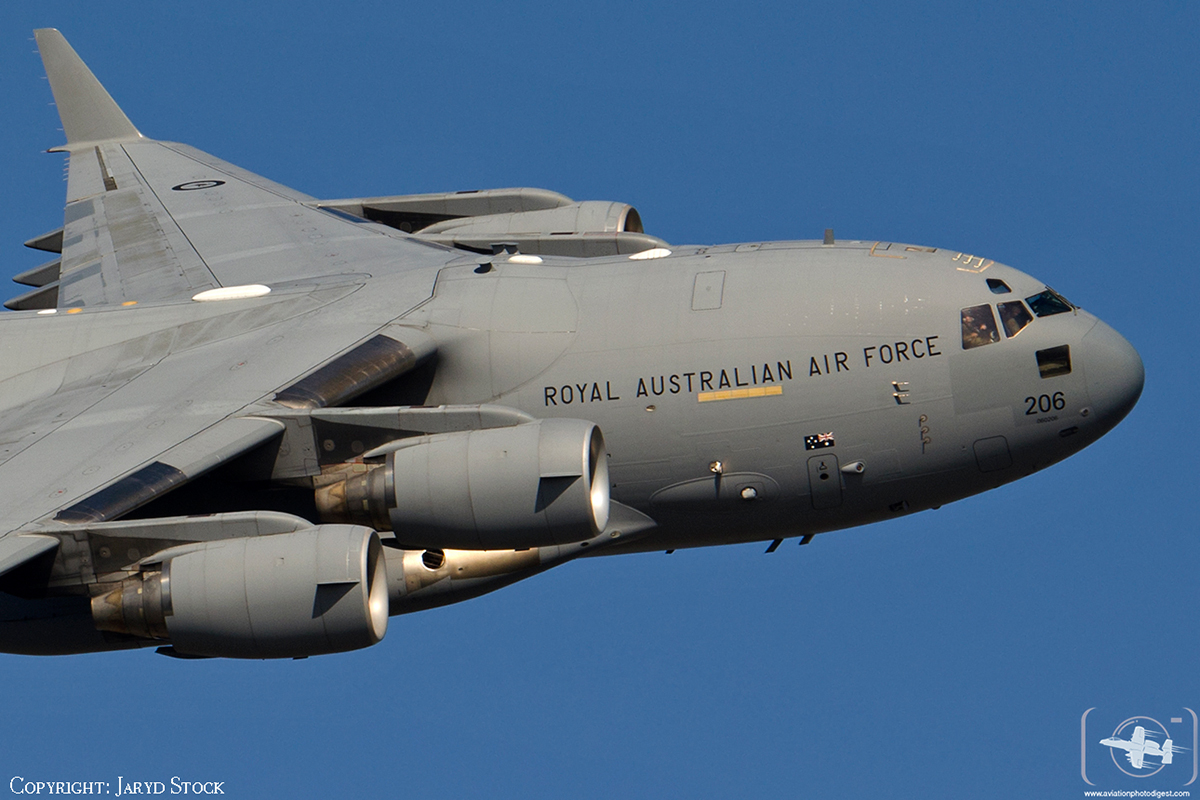
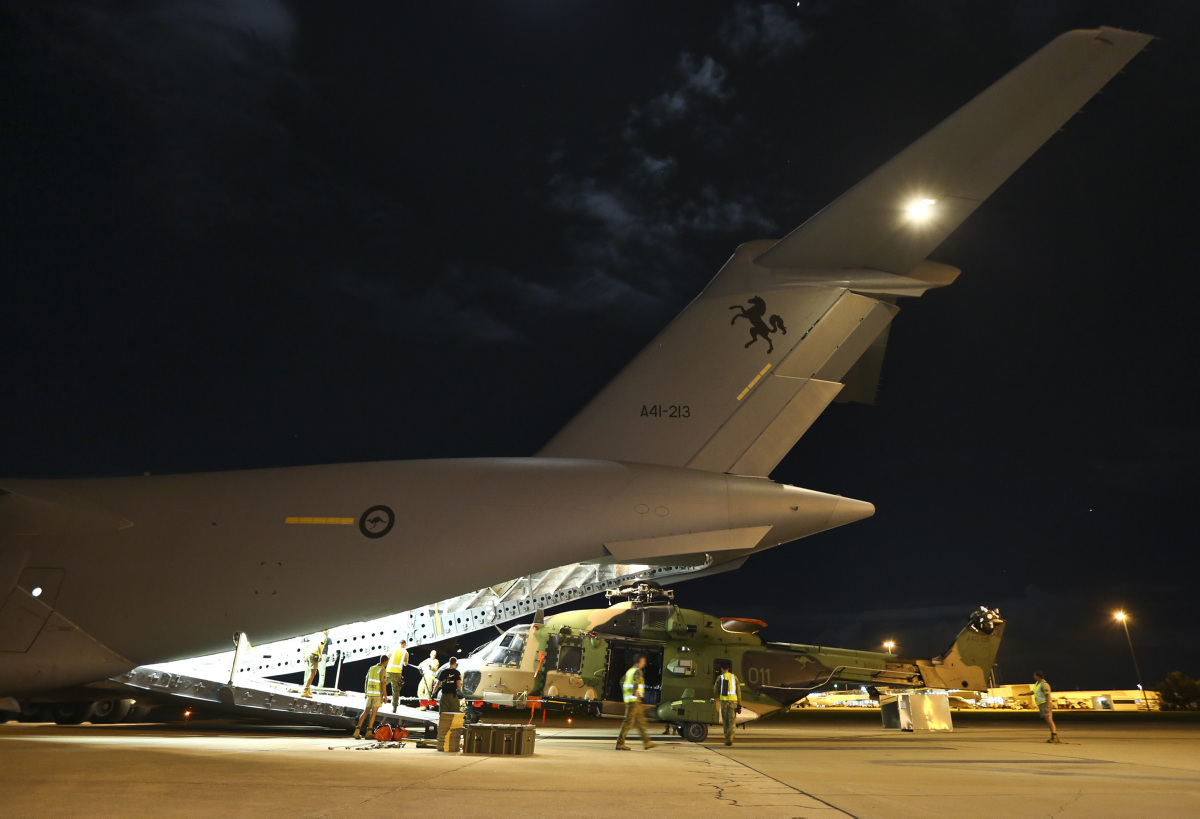
Air Force and Army working together to load a Multi Role Helicopter (MRH 90) onto a C-17 Globemaster as part of Operation Fiji Assist. As part of Operation FIJI ASSIST, the Australian Defence Force is deploying four Australian Army Multi Role Helicopter-90 (MRH-90) aircraft via Royal Australian Air Force C-17A Globemaster from RAAF Base Townsville to Suva, Fiji. © Australian Department of Defence | Photographer: LAC Brenton Kwaterski
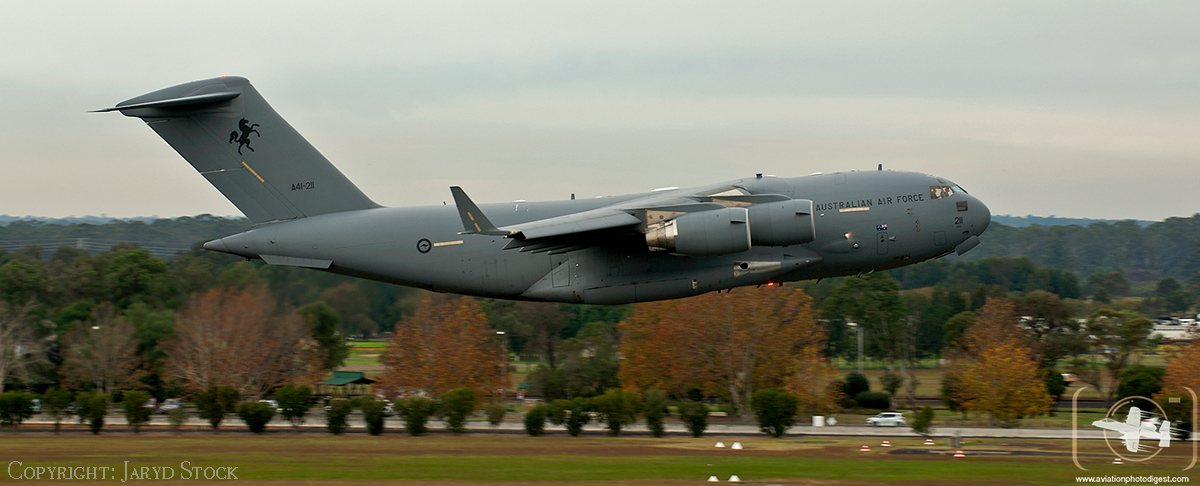
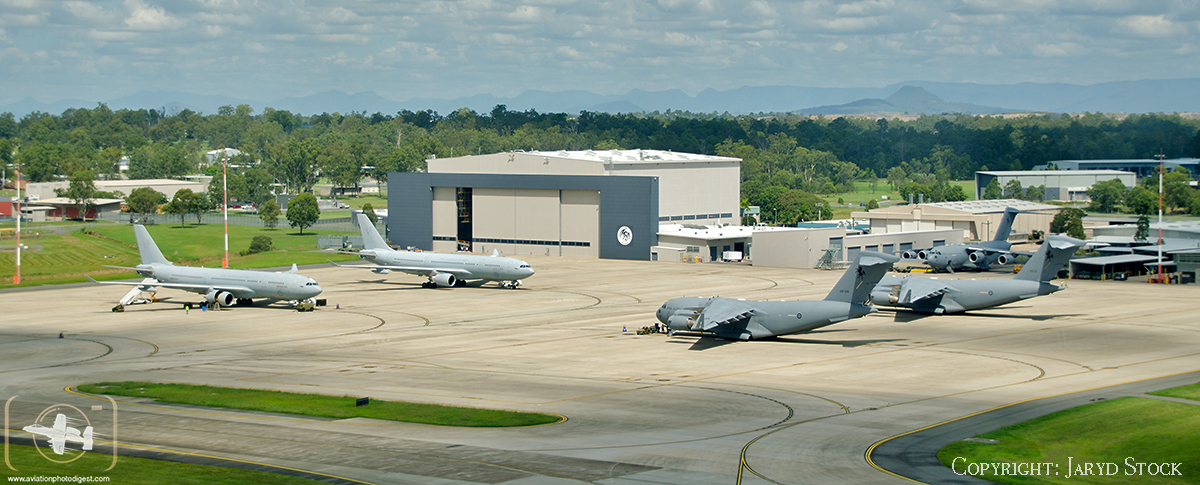
Click on an image below to page through the gallery:
Jaryd Stock is based in Sydney Australia. He has been a die-hard aviation enthusiast from a young age when he was chauffeured around by his father to various airshows and airports around Australia. At his first Airshow he witnessed the awesomeness of a General Dynamics F-111C and immediately fell in love with aviation.
Jaryd picked up a camera at a young age and has never looked back. He now combines photography and writing to highlight “Downunder” aviation; especially U.S. DoD units. Jaryd uses Nikon cameras and lenses.


